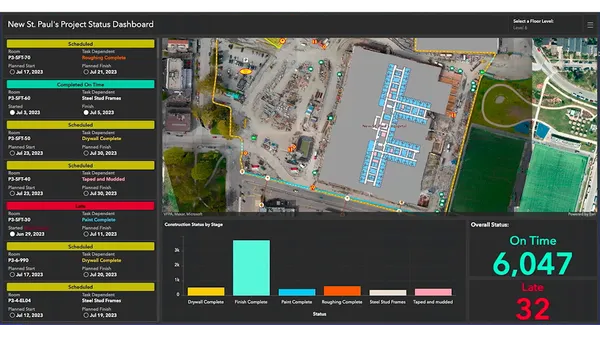Dive Brief:
- Volvo Construction Equipment (CE) now uses 3-D printing, sometimes called additive manufacturing, to create aftermarket parts for its heavy machinery, reported Engineering.com.
- The company said this method will allow highly specialized spare parts to be created more quickly and efficiently — perhaps within one week — especially for legacy equipment no longer in production. Components will be made from thermoplastic, though the company is considering metal parts down the road.
- Volvo CE will maintain 3-D printers for research and development with the hope of using additive manufacturing to prototype future equipment.
Dive Insight:
More sectors of the construction industry are embracing 3-D printing, as evidenced by the growth 3-D printed buildings, 3-D printing in color and with liquid, and with how the technology can potentially boost wind power.
Project AME — unveiled at ConExpo-Con/Agg 2017 — claimed to be the world's first fully functional 3-D printed excavator and marked the first large-scale use of steel in 3-D printing. Cab components, the hydraulic oil reservoir, steel boom, heat exchanger and cooling system all were 3-D printed.
Volvo CE joins Caterpillar in implementing additive manufacturing in its business. Caterpillar last year showed how its autonomous 300-ton mining trucks could work alongside human-operated trucks on jobsites. Fitted with onboard computers, the autonomous trucks can avoid rocks along haul paths, locate the berm on dump sites and dodge collisions. The company hopes to have more than 100 such vehicles in use through three continents.
Startup Built Robotics tested an autonomous Bobcat track loader last year that can excavate holes for building foundations 24/7. Still in its early stages, the technology has been tested on small pilot programs in the Bay Area.
Other robotic machinery is tackling tasks that are dangerous for humans, including tying bridge rebar and mining in unsafe areas. Doxel earlier this year developed a robotics-driven system that uses artificial intelligence and LIDAR laser scanning technology to streamline construction processes. It's also developing an autonomous robot that the firm said can climb stairs and move along construction sites to scan site progress with accuracy down to the millimeter.













